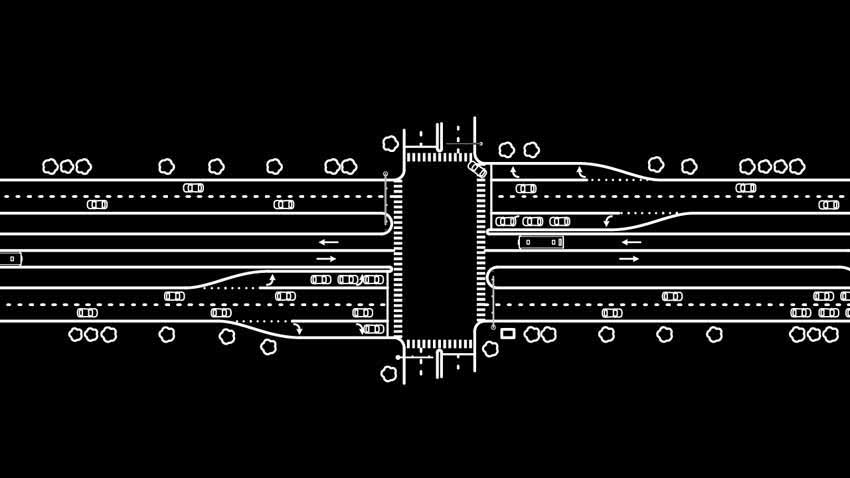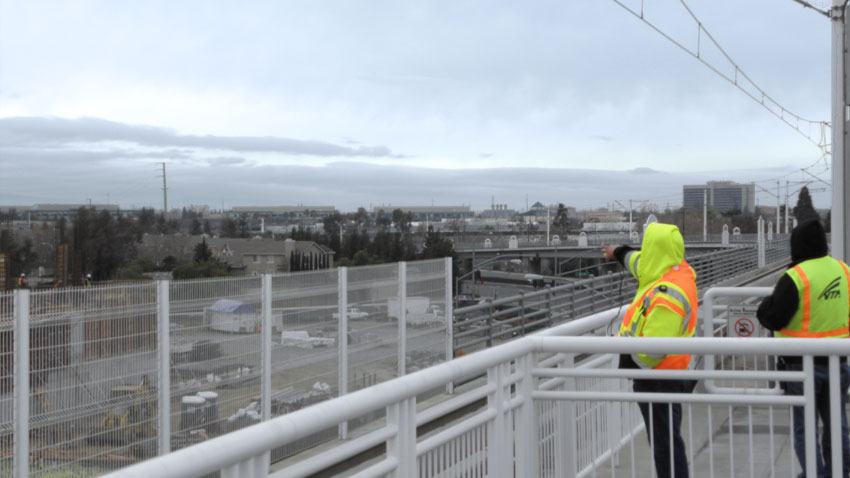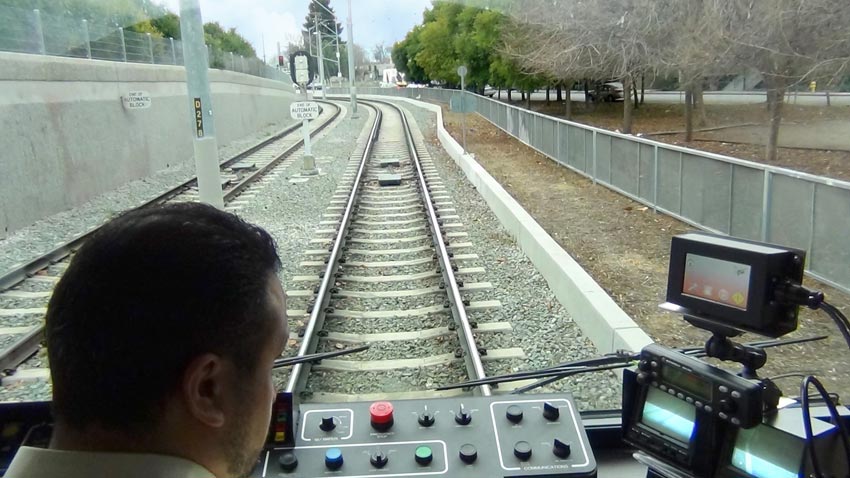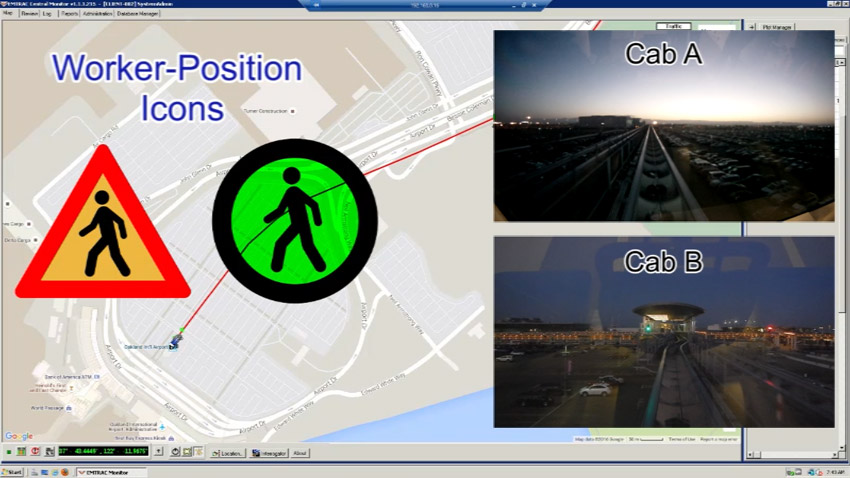EMTRAC Intelligent Transportation Systems (ITS)
Cities face a number of challenges when implementing ITS (Intelligent Transportation Systems) technology. Even the most forward-looking municipalities must navigate the imposing scale of employing ITS functionality. The EMTRAC system provides key ITS elements, which it can deliver through a number of protocols and means, including FHSS radio, cellular, NTCIP, DSRC (dedicated short-range communications), J1708/J1939, and SDLC.
Functionality provided by the EMTRAC system includes adaptive TSP (Transit Signal Priority), Emergency Vehicle Preemption (EVP), real-time AVL (automatic vehicle location), accurate vehicle detection (including bicycles and motorcycles), pedestrian-crossing access, transit rail-vehicle and rail-worker safety, and more.
With the EMTRAC system, first-response agencies are enabled to request ITS preemption, and transit agencies are able to request ITS signal priority. For both applications, safety is the driving goal.

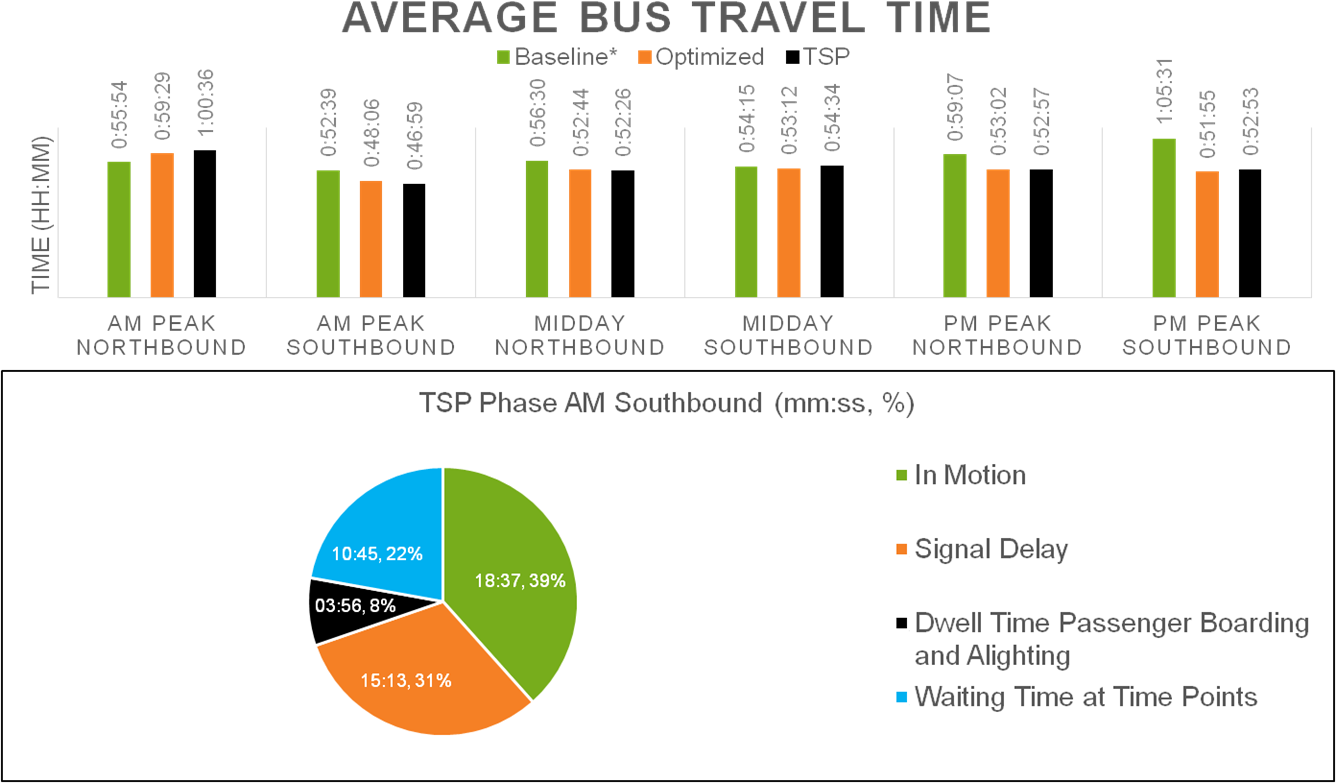
Detailed Transit Data
In addition to these functions, the EMTRAC system serves as a primary source of detailed transit and traffic data. The real-time data collected by the system is accessed through the Central Monitor application—and is also provided to third-party systems through a variety of interfaces including SOAP, REST, JSON, and others. The EMTRAC system is a seamless component of an Integrated Transportation Management System (ITMS).
Network Structures
In addition to these functions, the EMTRAC system serves as a primary source of detailed transit and traffic data. The
The EMTRAC system is specifically designed to allow compatibility with varying traffic-network structures. For cities without network-connected controllers or NTCIP capability, the system provides direct V2I (vehicle to infrastructure) communication, with network and NTCIP functionality available as controller-communications upgrades are made.
V2V (vehicle-to-vehicle) communication is also available with the EMTRAC system, providing drivers with collision-avoidance alerts in addition to other vehicle and system-activity information.
While widespread-and-complete autonomous technology is still a number of years away, there are over 320,000 signalized intersection in the US. A small percentage of these intersection controllers are network connected, and fewer still have DSRC (dedicated short-range communications) capability. However, the versatility of EMTRAC system enables cities with all levels of controller capability to implement key elements of an Intelligent Transportation System (ITS).
Please contact us to receive a brochure that further illustrates and describes EMTRAC ITS capabilities.
Video
EMTRAC System video demonstrations of EMTRAC System capabilities, including Emergency Vehicle Preemption (EVP), Transit Signal Priority (TSP), transit rail safety, vehicle detection, and signal management.

